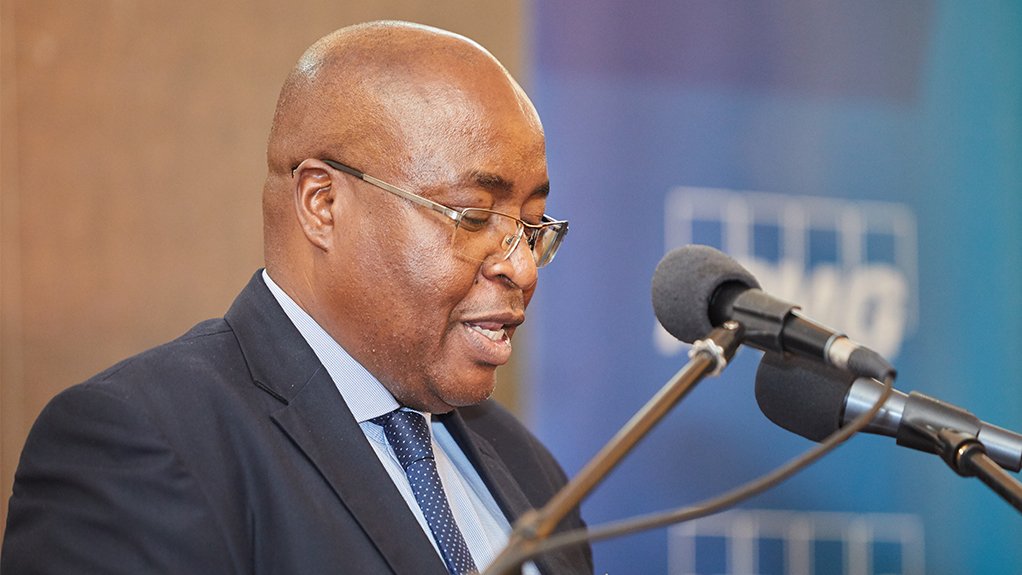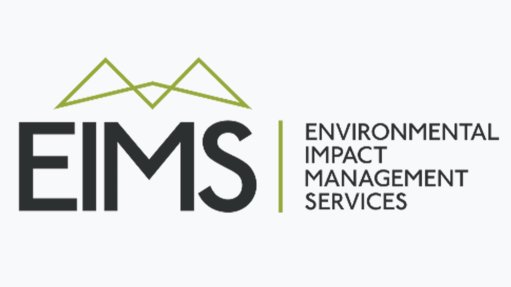Pandemic puts strain on Zambian mining sector


MICHAEL PHIRI Should the Covid-19 pandemic continue into 2021/22, a different marketing strategy using information technology solutions would need to be adopted
Amid the challenges facing the Zambian mining industry, partially because of Covid-19, government has committed to waiving penalties and interest on the late payment of taxes, explains advisory firm KPMG Zambia tax partner Michael Phiri.
The Central Bank has also set aside about R9-million, which can be accessed by companies in distressed, including those in the mining sector, “another welcome measure that could benefit the gemstone sector, in particular”, he adds.
Phiri explains that gemstones do not generally have a reference price, unlike base metals, for example.
As a result, gemstone prices, specifically those of emeralds, largely depend on what the buyer is prepared to pay, making auctions the most effective way to sell gemstones.
However, with gemstone auctions cancelled as a result of the pandemic – and the consequent international travel ban – emerald producers are unable to generate any revenue. This stagnation will continue for as long as the current conditions persist.
“Should the Covid-19 pandemic continue into 2021/22, a different marketing strategy using information technology solutions would need to be adopted.”
Phiri says the new marketing strategy must seek the involvement of institutions to maintain transparency, similar to the auctions that are attended by representatives from the Ministry of Mines and Zambia Revenue Authority.
Further, as emeralds are typically transported by air, and air travel has hitherto been limited, any other assistance offered by government – through the Central Bank of Zambia Covid-19 fund or the proposed Ministry of Finance (Covid-19) Bond – would go a long way towards keeping the sector alive, Phiri says.
Nonetheless, he points out that while the gemstone industry has been impacted on “negatively and directly” by the pandemic, there has been higher demand in the copper mining industry.
He adds that increased demand has boosted the copper price on the international market, with copper trading currently at about $6500/t.
However, smelting capacity in the country is depleted and although this started prior to the pandemic, it has nevertheless been exacerbated by Covid-19, says Phiri.
He explains that there is value-added tax (VAT) of 16% on the domestic sale of copper concentrate, as well as an export levy of 10% on copper concentrates.
Phiri suggests that government removes VAT on the domestic sale of copper concentrates and suspends export duties on copper concentrates to facilitate increased production.
He adds that the alternative would be for mining companies to reduce production, which could lead to job losses and reduced revenue for government through taxes.
As such, mining companies will be forced to reduce production at a time when both demand and copper prices are high because smelting capacity has reduced and production has increased in such a way that stockpiling facilities will be filled up, Phiri explains.
“With the rains nearing, stockpiles have to be [secured] otherwise, the copper ore can get washed away by rain.”
He adds that the opencast mining companies can capitalise on production but with an export levy of 10%, the mines would not want to export concentrates.
Further, Phiri explains that even though the VAT and export duties existed prior to the pandemic, the non-removal of VAT on domestic sale of concentrates appears to be an omission which needs to be cured as the Minister of Finance had addressed the removal of VAT on domestic sales of concentrates as well as the suspension of the export duty as part of the Covid 19 stimulus package.
“Since VAT applies on the domestic sale of concentrates, companies with smelters are not keen to buy concentrates locally. They would rather import the concentrates. On the other hand, export of refined copper does not attract export duty, but export of concentrates does attract 10% export duty.”
He adds that the preferred option is to export refined copper, and not concentrates as the 10% levy makes it uneconomical. Therefore, if you cannot refine copper locally because of “limited refining capacity and cannot export the concentrates because of the 10% levy, you are left with no option but to cut production”.
Meanwhile, t
o mitigate these production costs, a study should be undertaken by independent consultants with appropriate recommendations to inform the relevant parties of the next step, he states.
Phiri adds that copper mining companies have generally been negatively affected by the mineral royalty regime and its nondeductibility.
“The structure of the royalty regime is such that when the price of copper reaches $6 000/t, the mineral royalty tax rate increases from 6.5% to 7.5%, resulting in a lower return than when the price of copper is just below $6 000/t.”
If the price hovers between $6 000/t and $6 060/t, the return on copper sales is less than when the price is $5 999/t. The non-deductibility of mineral royalty tax also discourages reinvestment, as companies are taxed for paying a mineral royalty tax to government, which is unusual when compared with other regimes globally, he explains.
Phiri notes that consideration must be given to change the royalty regime, adding that “the royalty tax regime should operate in such a way that only the price differential above $6 000/t would be taxed at a higher rate, rather than the full price”
.He says copper production in Zambia has decreased from about 850 000 t in 2018 to about 750 000 t in 2019.
“This downward trend could continue if the challenges are not resolved. Further, the fiscal regime has not encouraged new investment in the sector. There is a need for increased dialogue to enable the sector to play its role as the main foreign exchange earner, as well as be the catalyst for the diversification of the economy.”
Article Enquiry
Email Article
Save Article
Feedback
To advertise email advertising@creamermedia.co.za or click here
Comments
Announcements
What's On
Subscribe to improve your user experience...
Option 1 (equivalent of R125 a month):
Receive a weekly copy of Creamer Media's Engineering News & Mining Weekly magazine
(print copy for those in South Africa and e-magazine for those outside of South Africa)
Receive daily email newsletters
Access to full search results
Access archive of magazine back copies
Access to Projects in Progress
Access to ONE Research Report of your choice in PDF format
Option 2 (equivalent of R375 a month):
All benefits from Option 1
PLUS
Access to Creamer Media's Research Channel Africa for ALL Research Reports, in PDF format, on various industrial and mining sectors
including Electricity; Water; Energy Transition; Hydrogen; Roads, Rail and Ports; Coal; Gold; Platinum; Battery Metals; etc.
Already a subscriber?
Forgotten your password?
Receive weekly copy of Creamer Media's Engineering News & Mining Weekly magazine (print copy for those in South Africa and e-magazine for those outside of South Africa)
➕
Recieve daily email newsletters
➕
Access to full search results
➕
Access archive of magazine back copies
➕
Access to Projects in Progress
➕
Access to ONE Research Report of your choice in PDF format
RESEARCH CHANNEL AFRICA
R4500 (equivalent of R375 a month)
SUBSCRIBEAll benefits from Option 1
➕
Access to Creamer Media's Research Channel Africa for ALL Research Reports on various industrial and mining sectors, in PDF format, including on:
Electricity
➕
Water
➕
Energy Transition
➕
Hydrogen
➕
Roads, Rail and Ports
➕
Coal
➕
Gold
➕
Platinum
➕
Battery Metals
➕
etc.
Receive all benefits from Option 1 or Option 2 delivered to numerous people at your company
➕
Multiple User names and Passwords for simultaneous log-ins
➕
Intranet integration access to all in your organisation















